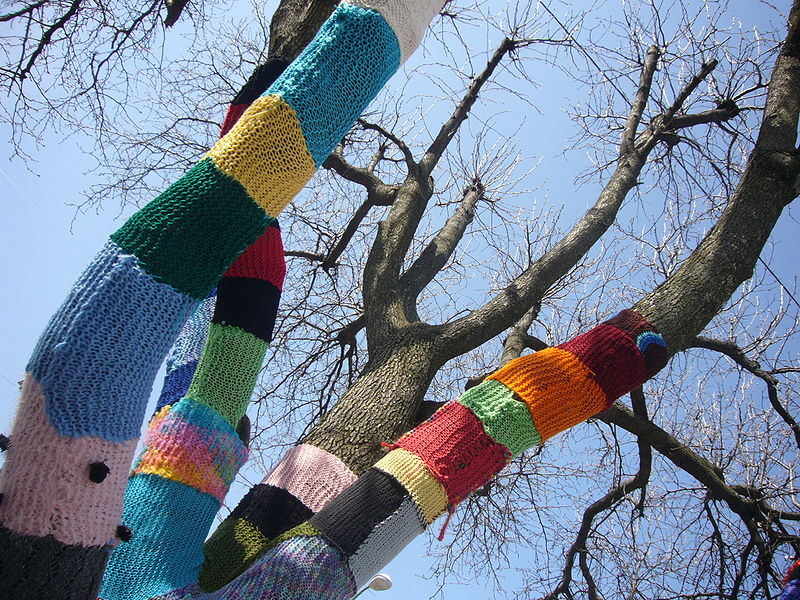Some words on Noora’s project
Noora presented her project idea (she’ll post a more specific description later on), helping dysfunctional families in danger of losing their child by decree of the youth welfare service by providing them a means to photographically document and reflect themselves – photography of empowerment.
For ‘normal’ people, e.g. for students, city dwellers etc., who are integrated in their culture, it may be important to raise awareness for their blind spots, e.g. for not seeing the disabled, native customs, or allocation of power. But those blind spots work for them, enabling a smooth working of everyday life, they do not work against them as culture.
For people e.g. within a dysfunctional family, there is already psychologcal strain, they know something is not right. They may try to express it, to turn it external, workable, manageable, griefable – and maybe changable. The task would be to give them a means to express it, a fitting, unusual medium – the usual ones obviously did not work out for them. (E.g. Augusto Boal’s “Theatre of the oppressed”).
“Just last week I was talking to two children who were describing their attic to me. It has a rail track and trains and their daddy spends such a lot of time there. Daddy’s track and daddy’s train although ostensibly bought for the children. They didn’t want the train but wanted to appease their parents. They would have liked a playroom with toys and beanbags to throw and lie on, not trains, which they are not allowed to touch let alone use for play. So the children play outside on their bikes or with the stones in the road while daddy sits in isolated splendour with the trains and the track.
The children are tolerant of his needs more than he is tolerant of theirs. When he is angry he says they are ungrateful. ‘Look what I’ve made for you,’ he says.”
– Ann Cattanach (2003), “Introduction to Play Therapy”, p.5
Who are the children, who is the father? Continue reading







